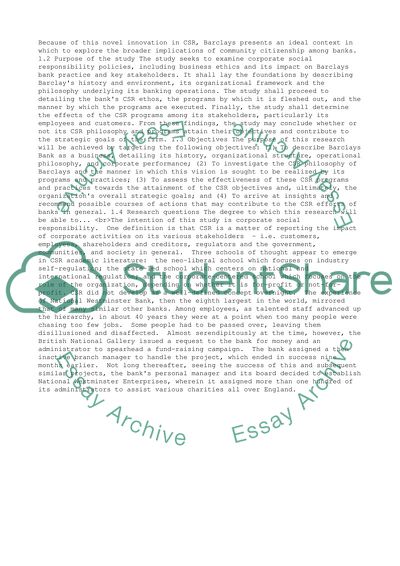Cite this document
(“Corporate Social Responsibility and Business Ethics in Barclays Bank Essay”, n.d.)
Retrieved from https://studentshare.org/management/1401395-corporate-social-responsibility-and-business-ethics-in-barclays-bank
Retrieved from https://studentshare.org/management/1401395-corporate-social-responsibility-and-business-ethics-in-barclays-bank
(Corporate Social Responsibility and Business Ethics in Barclays Bank Essay)
https://studentshare.org/management/1401395-corporate-social-responsibility-and-business-ethics-in-barclays-bank.
https://studentshare.org/management/1401395-corporate-social-responsibility-and-business-ethics-in-barclays-bank.
“Corporate Social Responsibility and Business Ethics in Barclays Bank Essay”, n.d. https://studentshare.org/management/1401395-corporate-social-responsibility-and-business-ethics-in-barclays-bank.


